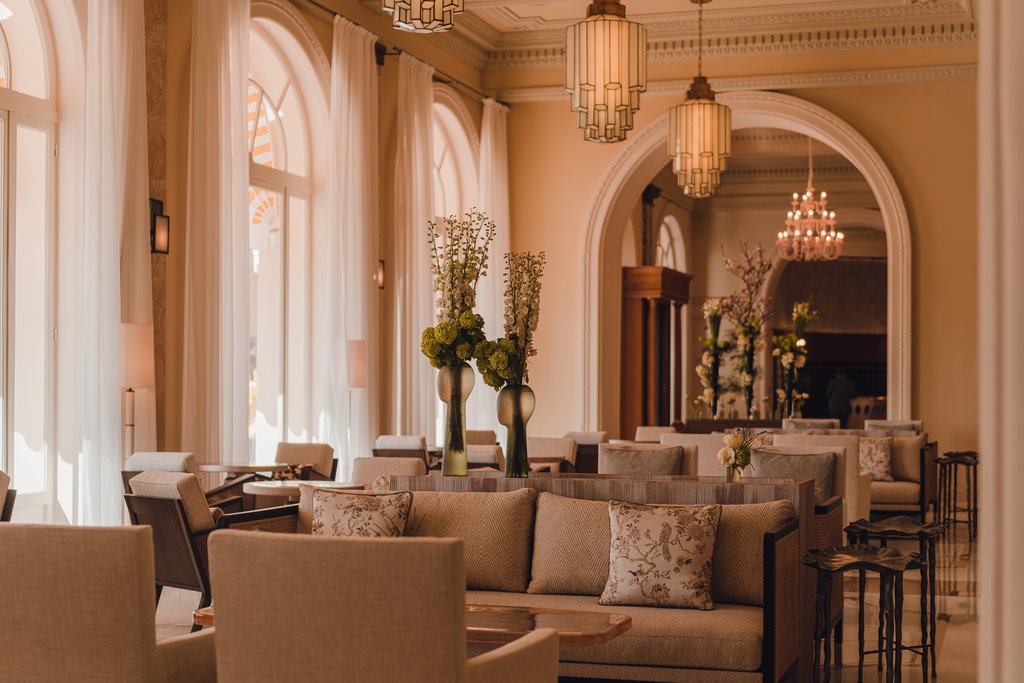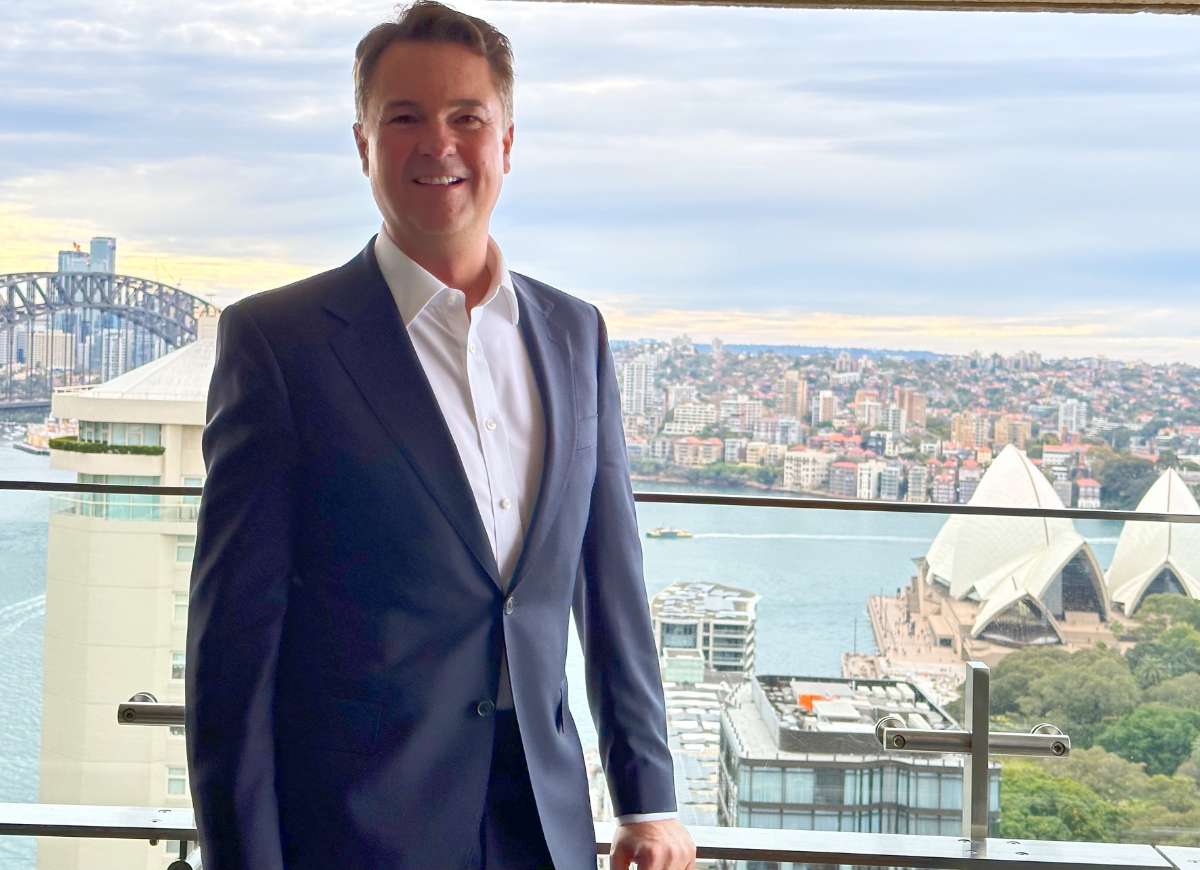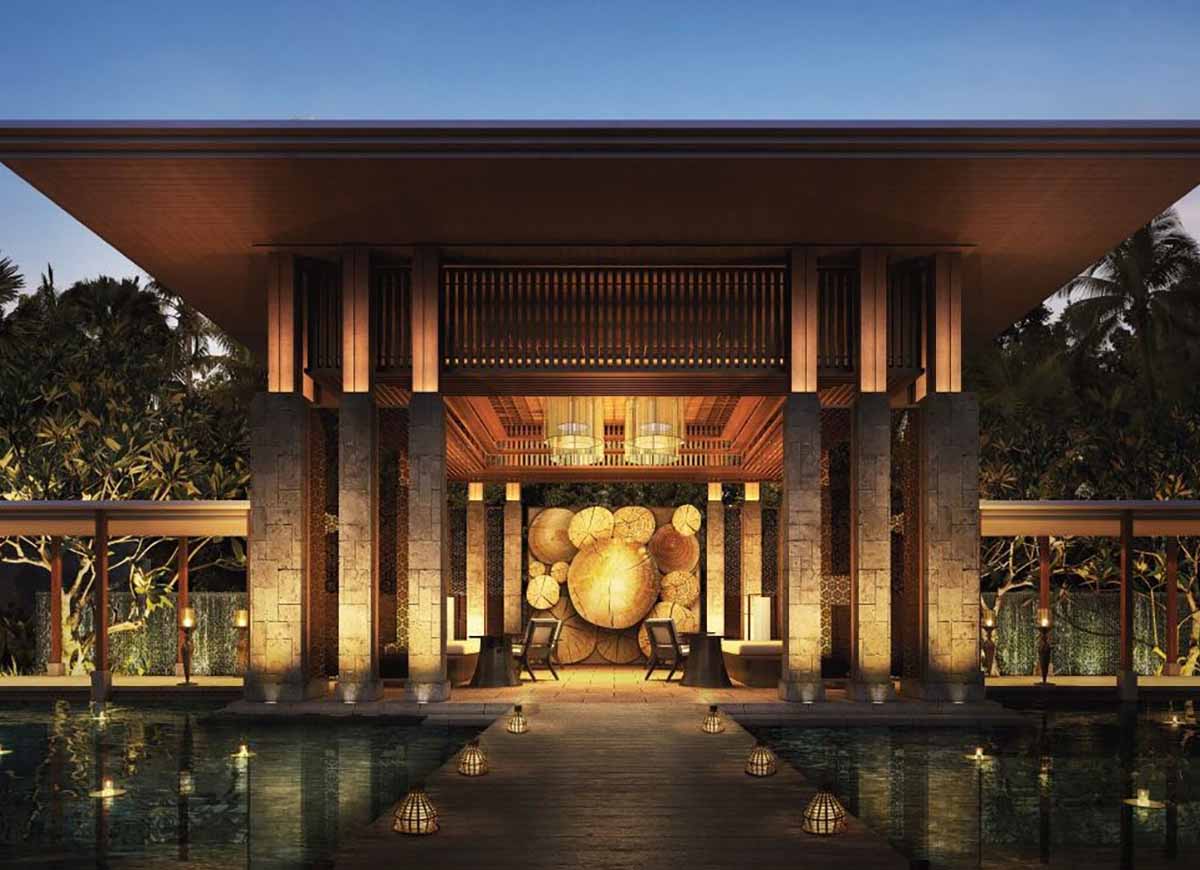
During a recent visit to Sydney from London by Tom Rowntree, the Vice President of Global Luxury Brands for IHG Hotels & Resorts, we sat down with Tom in the Presidential Suite of InterContinental Sydney to discuss design trends and new, global openings for the group’s six luxury hotel brands.

LT: Which of IHG’s new luxury hotel openings globally are you most excited about and why?
Each one of them means something for the destination they are in and for the brands more broadly. I’m incredibly excited about Regent Hong Kong — with Hong Kong obviously being one of the most dynamic cities in the world. The Regent is absolutely one of our flagship hotels and it’s really important for IHG. Hot off the heels is the opening of the Regent, Carlton Cannes Hotel which is really special. The hotel has gone through an extensive renovation and extensions and we recently had the official opening during the Cannes Film Festival.
If we look at InterContinental, we’ve got some exciting things going on there. This hotel (InterContinental Sydney) is a great example of a phenomenal renovation that’s taken place that really does justice to the hotel and to the brand in such an important city.
We have InterContinental Lifou Wadra Bay Resort in British Caledonia, which will be a sensational hotel. It sums up the pioneering spirit that the InterContinental brand has had since we were founded by Pan American Airlines in 1946, opening up in the four corners of the world. In fact, we were an American brand and had been in existence for 30 years with hotels in 50 countries before we opened our first hotel in the United States. That’s quite unusual for brands, normally you start domestically and then expand internationally.
Opening up in a market like Lifou where we are going to be the first international luxury hotel brand, and the work that we then do working with the tribal leaders to make sure that we’re opening up sympathetically and celebrating their culture with guests — I’m really excited about that.
We’ve just bought the InterContinental back to Italy, recently opening InterContinental Rome Ambasciatori Palace in early May in a building that used to be the library of the US embassy just opposite us — quite some library! Rome is amongst the top five visited cities in the world so to have the InterContinental there is really exciting.
LT: What’s the brand ethos behind Regent and why has IHG revived this brand at this particular point in time?
First up there’s a consumer need. By 2026, 61 per cent of luxury consumers are going to be millennials and Gen Z. But if you look then at the traditional upper luxury brands, how well are they equipped for the modern luxury consumer? There’s definitely a consumer need there.
Added to that is what we see as the democratisation of decision-making in families; that’s where we start seeing the children are having a role to play in the decision-making of the parents. We see it coming into automotive decisions where electric cars are being purchased, recycling at home but also now in travel too. Children are being consulted on where they might go for the annual family holiday — that never used to happen when I was a kid! There’s a consumer shift there.
Secondly, we saw a gap within our portfolio of luxury lifestyle brands that we’re growing in the luxury space where we have six brands. We needed a brand in that upper luxury category, sitting above InterContinental, but we wanted to acquire a brand that had a heritage and DNA, which is really important for luxury to be able to springboard and reinvent from. You can see great brands around the world like Jaguar, Land Rover, Burberry, and Louis Vuitton have all done that — going back to their inspirational roots but recreating luxury for the modern consumer. That’s where we saw two burning needs which is why we drove and focused on the Regent brand specifically.
Between now and mid-2024, we’ll have another five iconic openings for Regent — we’ll be opening in Bali in the Canggu area, Kyoto and we’ll be taking Regent to North America to California, opening in Santa Monica towards the end of 2023.
When we were recreating the brand, we started by doing a huge amount of work looking at consumer needs but then going back to the DNA and the Regent brand was all about innovating and creating what is now standard in the luxury sector.

LT: For properties such as Regent Hong Kong and Carlton Cannes – a Regent Hotel, which both involve older properties that have been extensively refurbished, how important has it been to get the mix right of blending the old and original with contemporary?
It’s an area that we love because when you get it right, it’s just absolutely stunning, embracing heritage respectfully and delivering it in a way that is right for the next generation.
Carlton Cannes is a great example of that. It’s actually an historic monument in France so we worked with French heritage, architects, and specialists to recreate the brand. For instance, all of the chandeliers in the Grand Salon were hand repaired and restored by two ladies, mother, and daughter, who also restored all of the chandeliers at the Palaces of Versailles.
But then, we counterbalance that with Tristan Auer who is an incredible French interior designer and you get this rich story coming through.
We have that across our other brands such as at the InterContinental Lyon, Hotel Dieu in a UNESCO World Heritage site within a building dating back to the 1700s. It was a former hospital, so about 70 per cent of the people in Lyon were born in that building — so not only are you restoring a historic monument, it’s one that so many people have an emotional connection and attachment to. It’s something that we really pride ourselves on and we have a lot of talented people within IHG who are experienced at doing that.
LT: Design is playing an increasingly important role in the luxury hotel space. What are the design trends and philosophies some of the IHG brands are incorporating?
We start off looking at some of the more macro trends. Design needs to enable people to be able to live their lives the way they need to live it. The notion of flexibility is hugely important and spaces that can flex. With couples’ travel, you add to that hybrid working — so people who are on holiday but actually one of the two guests may be on conference calls — so we think about, how does that space that they’re in need to behave and flex according to their needs?
We all look for those ‘Instagramable’ spots but actually what we also need to be looking at is backdrops for people who are on conference calls — if you’re in your suite or your room, what’s your backdrop like? What’s the tech that a hotel can provide in terms of dual screens? These are some trends there that we’ve been evolving in.
What we’ve also been looking at is that design, ultimately, invokes an emotion. What we’ve been really looking into is: what is the emotion that guests are seeking and then how does design become an enabler of that emotion?
If we look at Regent (although design is critically important for all of our brands, but we’ll look at Regent as an example), the guest is seeking to be the best version of themselves. What they’re seeking is to elevate above the noise of the world and everything around them. The way that we do that is by heightening the senses, because when your senses are heightened, that’s really when you pause and leave the chaos of the day behind you, and you notice what’s going on with the world and that’s when you can really enjoy destinations. Design has a critical role to play in terms of delivering that disruption for people to be able to be the best version of themselves.
The way we do that is through what we call the ‘beauty of contrasts’: contrasting elements that allow your senses to be heightened, and Regent Carlton Cannes is a great example of that — where you’ve got the historic, the modernity. When I first walked into that hotel, it took me almost 20 minutes to walk through the lobby because I wanted to look at all the beautiful things.
These contrasts came from the notion of maximalism in design. Maximalism is not just colour, it’s texture, the environment that you’re in and it’s how space is created. What that does is spark your senses, and it also flows through service. What we’re looking at from our service delivery is, how do we create those contrasting moments knowing that our guests are living in multiple modes in one single day.
What we know is that our customers and guests like to discover. They don’t want to be ‘told’ — it’s about discovery. The room that we’re in now, for instance, all the florals are local and you’d discover these elements over the course of your stay. It just helps you then understand a bit more of the culture and what’s around you.


